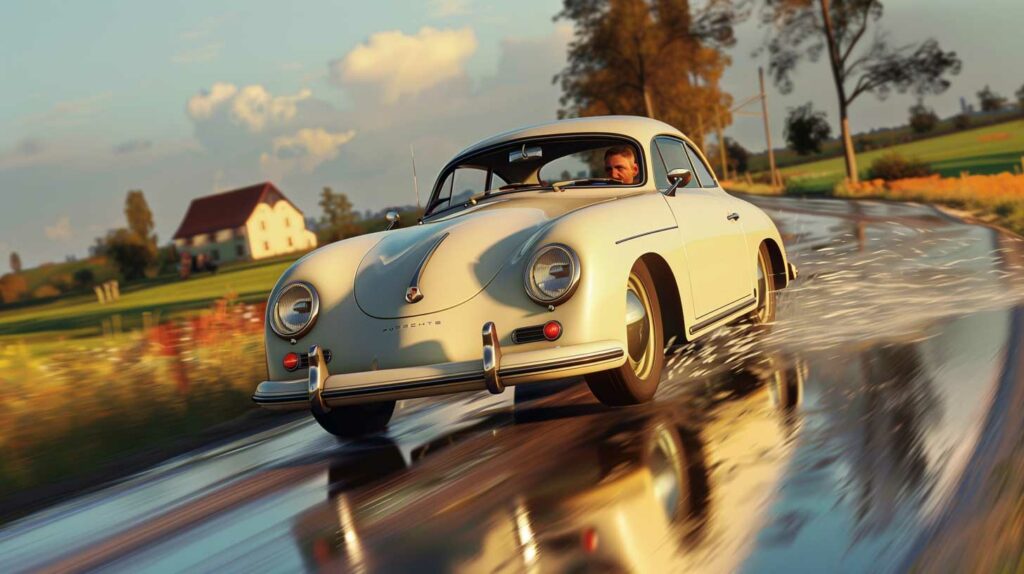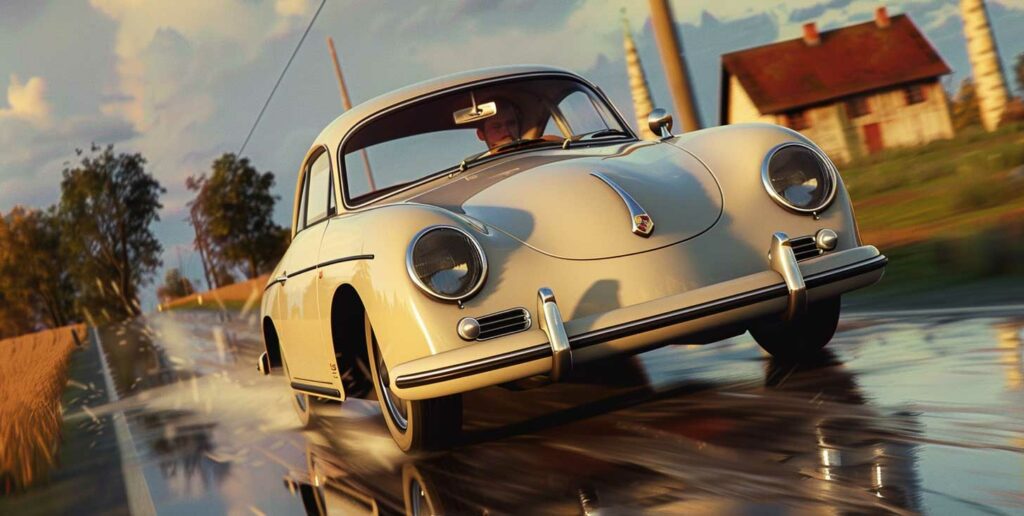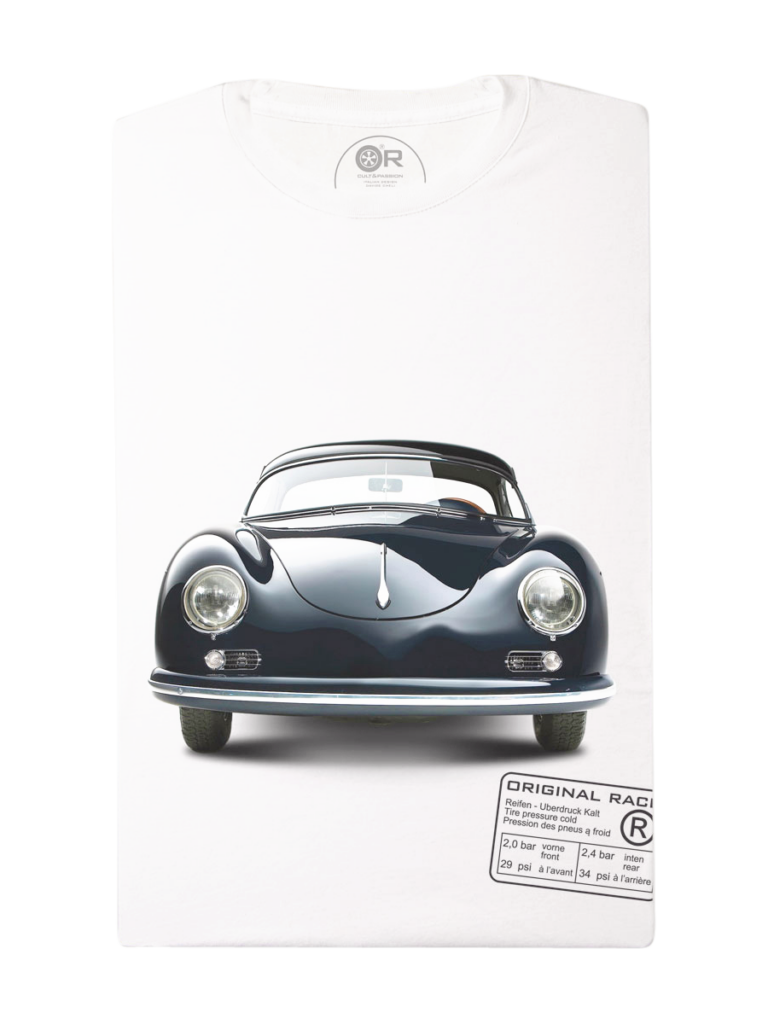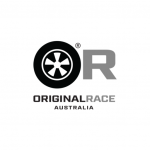Unveiling the Formative Years
In the midst of post-war turmoil, the automotive world witnessed the emergence of a pioneering force that would redefine the landscape of performance and design—the iconic Porsche. The early years of Porsche in Gmünd, Austria, marked a transformative period that laid the groundwork for the birth of the first car to bear the Porsche badge. This captivating journey of innovation, resilience, and visionary leadership set the stage for the company’s enduring legacy and remarkable impact on the automotive industry.

The Relocation to Gmünd: A Strategic Move
As the Allies advanced on Stuttgart in 1944, the major players in the Porsche team were sent to Gmünd in the Austrian countryside, about 10 miles north of Spittal, close to the Italian border. This strategic relocation was prompted by the need to safeguard the company’s operations from the Allied bombing. raids, as the Gmünd site offered a safe haven for Porsche’s endeavours.The area consisted of one large wooden building, formerly a sawmill, and a small office constructed from the same material. It would later become the birthplace of the first Porsche car to bear its designer’s name.
The Gmünd Factory: A Hub of Innovation
The Gmünd factory became the epicentre of Porsche’s post-war activities, where the engineers remained engaged in producing farm equipment, turbines, and winches, as well as repairing VWs. This period of diversification and adaptation showcased Porsche’s resilience and ability to thrive in challenging circumstances. The company’s ability to pivot its operations and continue innovating in the face of adversity laid the foundation for its future success.
The Birth of the Porsche 356/1 Roadster
In 1947, Ferry Porsche ordered drawings for a small mid-engine, two-seat sports car he had envisioned after a visit to the United States ten years earlier. This visionary concept laid the groundwork for the birth of the Porsche 356-001, also known as the Gmünd Roadster, in 1948. The Gmünd Roadster was built using an engine and suspension sourced from the Volkswagen Beetle, showcasing Porsche’s resourcefulness and ability to leverage existing components to bring their vision to life.
Parallel to the creation of the iconic 356 “No. 1” Roadster, Porsche’s ingenuity and commitment to excellence gave birth to the first 356 Coupe, a significant milestone that would further cement the brand’s legacy in the automotive world.
The Genesis of the 356 Coupe
In August 1948, the Porsche team completed the first Porsche 356 Coupe, marking a pivotal moment in the company’s history. Unlike the Roadster, the Coupe featured a steel box frame chassis, providing a robust foundation for Porsche’s innovative designs. The relocation of the engine to the rear not only optimised the vehicle’s balance and handling but also created additional space for jump seats and luggage, enhancing practicality without compromising performance.

Handcrafted Excellence: The Gmünd Cars
The Gmünd cars were a testament to Porsche’s dedication to quality and craftsmanship. Completely hand-built, their aluminium bodies were meticulously shaped over a wooden buck, showcasing the company’s unwavering commitment to excellence and attention to detail. The primitive production process did not hinder the company’s pursuit of perfection, as around five units a month were completed from the end of 1948 onwards, marking the beginning of Porsche’s remarkable journey in the automotive industry.
The Design Team: Visionaries Behind the Porsche 356
The birth of the Porsche 356 in Gmünd was a collaborative effort led by a team of visionaries, including designer Erwin Komenda and Porsche craftsmen, who worked tirelessly to bring Ferry Porsche’s vision to life. The first design drawing for the Type 356 was dated 17 July 1947, just one month after the project was instigated, highlighting the team’s swift and focused approach to realising their ambitious goals.

Celebrate the Porsche’s 356 Coupe with an exclusive Original Race Australia T-shirt
The Evolution of the Porsche 356: From Gmünd to Global Recognition
The early years in Gmünd marked a period of growth and transformation for Porsche. The company’s return to Zuffenhausen marked a new chapter in its journey, with the engineers from the Gmünd facility. Moving back to Zuffenhausen to restart operations after the war. The new 356 models, made from steel instead of aluminium, allowed the company to profit for the first time since production began in 1948, marking a significant milestone in the company’s growth and success.
Cultural Impact and Enduring Legacy
The legacy of Gmünd serves as a timeless symbol of innovation and a testament to the enduring impact of Porsche’s formative years. The birth of the Porsche 356 in Gmünd marked a pivotal moment in the company’s history, setting the stage for its remarkable journey from Gmünd to the global stage. The legacy of Gmünd continues to inspire generations, serving as a testament to the enduring impact of innovation and resilience that continue to define Porsche’s ethos to this day.
In summary, the formative years of Porsche in Gmünd were a testament to the company’s unwavering commitment to innovation, resilience, and excellence. From the wartime relocation to the debut of the first car with the Porsche badge, the company’s journey in Gmünd exemplified the pioneering spirit and visionary leadership that continue to define Porsche’s legacy. The legacy of Gmünd serves as a timeless symbol of innovation and a testament to the enduring impact of Porsche’s formative years.
FAQs: Unveiling the Formative Years
How did the relocation to Gmünd impact Porsche’s history?
The relocation to Gmünd in Carinthia, Austria, marked a pivotal moment in Porsche’s history, providing a safer location for the company’s operations amidst the challenges of wartime. This move laid the foundation for the birth of the iconic Porsche 356 and set the stage for the company’s enduring legacy.
What was the significance of the debut of the first car with the Porsche badge?
The debut of the first car with the Porsche badge at the World’s Fair in Paris in 1948 marked a significant milestone in the company’s history. It showcased Ferdinand Porsche’s remarkable engineering prowess and innovative vision, laying the groundwork for Porsche’s future as a trailblazer in the automotive industry.


